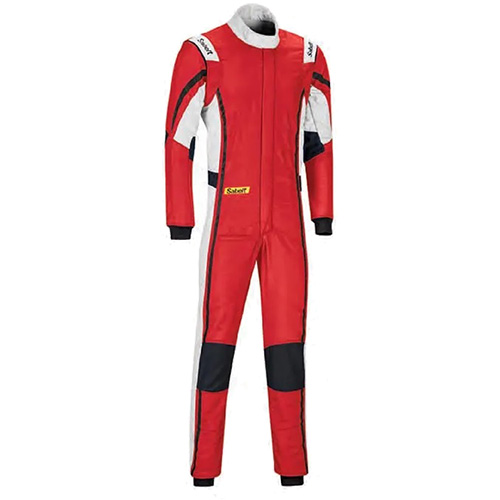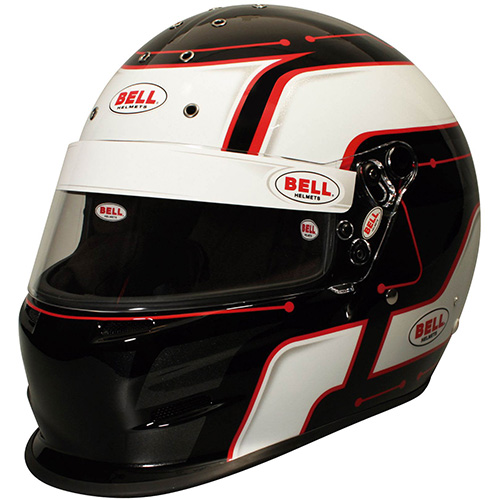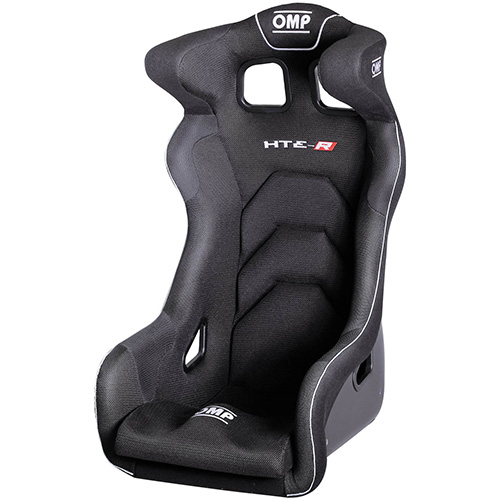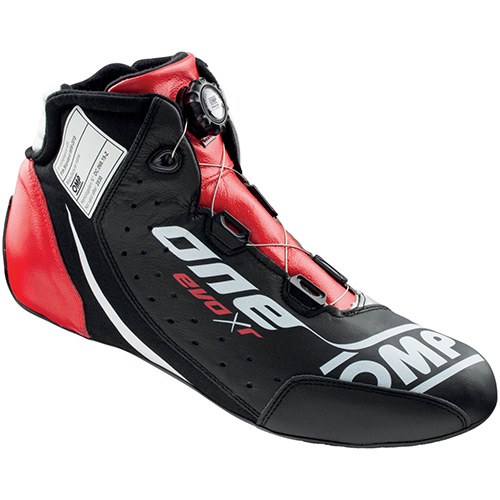The Five Low-Cost Ways To Go Road Racing
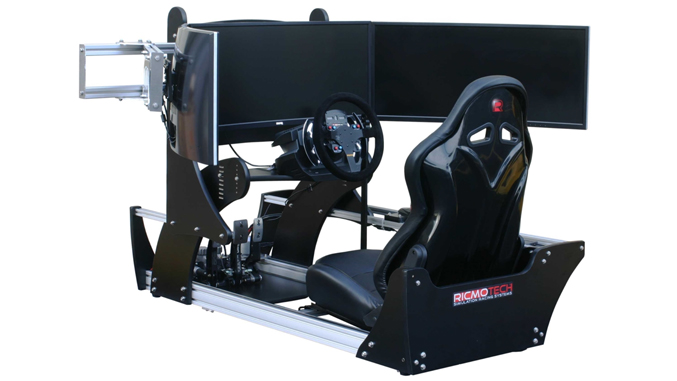
Because Winding Road Racing offers organized arrive & drive racing in Spec MX-5 Challenge, MX-5 Cup and Pirelli World Challenge (as well as SCCA, NASA and PCA) we frequently get questions from road racing novices. We understand that the information about how to go road racing is scattered around the internet and that drivers are often a bit confused. To address this as best we can, we collected many of our articles on how to get started in The Guide To Road Racing.
A pretty common element in the questions novices have is something like "how do I get started affordably?" There is a recognition that road racing can be expensive, and simply jumping to a full wheel-wheel license, buying a race car and going racing may be a lot to bite off, financially. It is also a lot of expense for something you haven't done and aren't sure you'll love (though we'd like to believe that a simple of test of "will you love wheel-wheel racing?" is the same as the answer to the question "can you breathe?").
Anyway, we've identified the lowest cost ways to get started. We're working from our handy-dandy map of the road racing world:
These are the answers we give to people who want to know how to get started affordably:
1. Simulator driving on iRacing. Simulators have proven to be serious tools for road racing. Winding Road Racing driver Mark Drennan, for example, started on simulators and subsequently won the NASA Spec Miata national championships and was MX-5 Cup rookie-of-the year. Many other sim drivers have successfully "graduated" to driving race cars, and the transition has been impressively smooth. You can buy a simulator wheel and pedal set for under $400 and an iRacing subscription is $100 per year or less.
2. Autocross. Autocross (referred to by SCCA as "Solo") has you running one lap at a time on a temporary course marked by cones (often in a large parking lot). Laps are timed, so Autocross is a competitive sport. It isn't exactly road racing, but you learn a lot about reading a circuit and car control, and yet tire wear and off course excursions are usually not expensive because speeds are relatively low. Entry fees are minimal (e.g. you might have to buy a one day membership to the SCCA, plus maybe some marshalling when not on track). You will need a helmet.
3. High Performance Driver Education (HPDE). In HPDE (sometimes called "track days" though the two aren't always identical), you can drive your street car (certain restrictions apply) on a full road racing course, with an instructor. You learn the basics and have fun. You need a helmet ($300 and up) and you'll pay about $200 per day of HPDE, depending a bit on the track. And, if you like HPDE but want to add a competitive element, you can move to Time Trials (though to keep costs low you'll need to avoid classes where modifications are extensive).
4. Karting. As with simulators, there is some misunderstanding about the significance and value of karting to road racing. Put simply, a huge number of pro racers today got started in karting, in part because it is the most straightforward way to start racing when you are young (typically starting when 5-10 years old). Which is to say, karting can teach you a number of skills, especially those that come from experience, that are valuable when you get in a "real" car. Most amateur drivers eventually transition from karts because they are so physical to drive and so quick, not because they need to move "up" for more fun. A new LO206 kart is about $4000, and used karts can cost less. If you have a local kart club, run time can be inexpensive (sometimes as low as $250/year with the possible addition of some volunteering). Tires and fuel, along with safety gear, will then be your main expense.
5. ChampCar (and WRL and LeMons). These are endurance road racing series for teams of drivers. Races are typically 16 hours long over two days, so you get a lot of time on the track. You need a race car, not a street car. But the rules make the car relatively low cost. The two big things for these series are a) you share the car and other expenses with your team (usually 4 people) and b) licensing requirements are minimal (attend a meeting the night before the race). If you figure you can build a car for $6-8k, then the shared car costs are under $2k per person. You might spend less than $500 per person at the race for tires, fuel, oil and entry fees. You will need full safety gear (fire rated helmet, suit, gloves, shoes, underwear.
